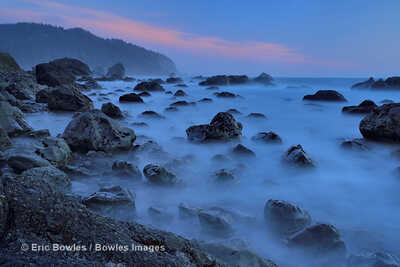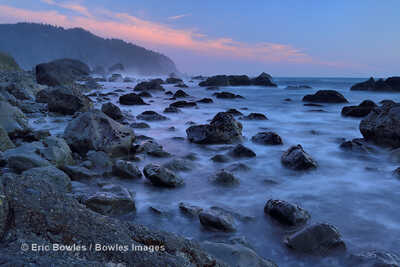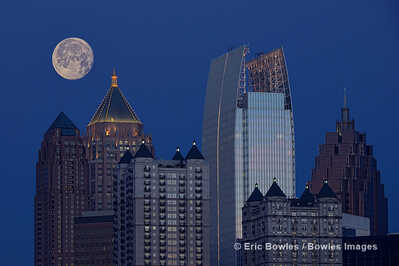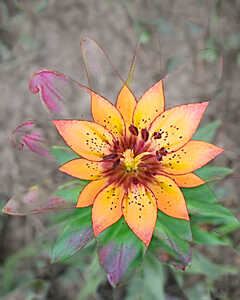Inspiration and techniques for mulit-exposure landscape photography
While digital cameras have a lot of in-camera choices. As far as I've used it the exact same results can be had in Photoshop, with the benefit of being able to easily eliminate an unwanted frame. But there is a certain brag factor to doing it in camera.
Here is an in-camera multi-exposure image made with 8 photos each with a 5 second exposure. Each exposure was triggered manually to match the timing of waves after they had broken and were starting to flatten. A couple of wave cycles were skipped because the waves were too big and would cover up too much of the rocks.
This is the same scene with a single exposure. This frame was taken first before the sequence. You can see a big difference in the texture of the water. A longer exposure would have encountered multiple wave cycles, and with it a dark band from the curl as the wave broke.
This image was an in-camera multi-exposure made from two frames. The first frame was the moon only at 400mm, and it was positioned in the top left corner of the frame. The second frame was a longer exposure of the skyline at 200mm with pre-dawn color and the moon positioned near the buildings. The longer focal length for the moon made it look larger relative to the buildings and the frame while the wider focal length for the skyline showed a skyline rather than a couple of buildings.
Eric Bowles
www.bowlesimages.com
One technique that I've had good luck with is rotational multiple exposure. If the subject is vertical, like a tree. Walk a circle around the tree and stop to shoot every 45 degrees or so. If it is something with a center like a flower then turn the camera about 45 degrees each exposure.
As an illustration.
First try of in-camera multi-exposure+burst with the Canon EOS 6D years ago during a concert. I Felt I won't have done it afterward because being in the mood was the most important at the right moment.
Then, sometimes, you'd prefer being in the serenity of your studio to work on a more "contemplative" render :
So, to me, both (or even other techniques) can be used, depending on the mood or the purpose...
I like combining multi-exposures with bracketing and using continuous drive. For example, you can stack 5 images with a much wider captured exposure range onto one raw file with one press of the shutter release. :) And because noise is random, you get better noise, color, mids, .... everything. :) Long as your subject is still.... 3-5 images is just right.
www.photographic-central.blogspot.com
Thank you all for sharing your photos and techniques!
Excellent photo






